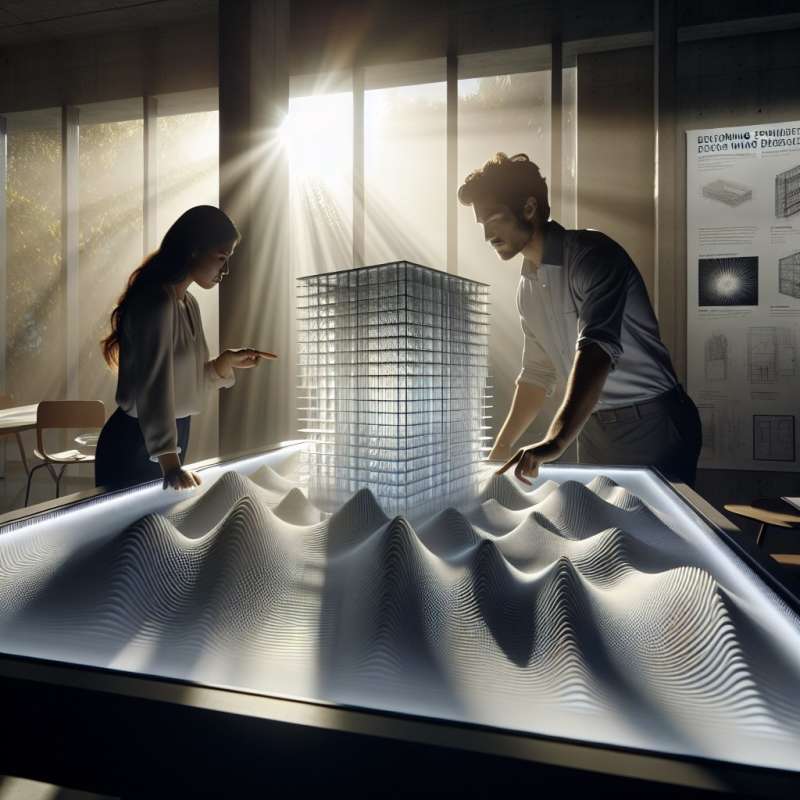
Understanding Seismic Forces
Seismic design begins with understanding how ground motions impart forces to structures. Earthquake energy can induce lateral, vertical, and torsional forces that challenge conventional design paradigms. This complexity requires a multi-dimensional approach to safety and stability.
History of Seismic Codes
Early building codes, post-1906 San Francisco quake, lacked seismic considerations. It wasn't until the mid-20th century that codes began to integrate these factors. Today's standards, like the International Building Code, evolve with each significant earthquake's lessons.
Base Isolation Techniques
Base isolation is a revolutionary concept in seismic design, decoupling the building from ground motion. Isolators, such as elastomeric bearings, allow structures to move independently, significantly reducing seismic energy transfer and the associated damage.
Energy Dissipation Systems
Energy dissipation devices, or dampers, absorb and deflect seismic energy, protecting structural integrity. These can be metallic, viscoelastic, or friction devices, and they function like vehicle shock absorbers, converting kinetic energy from earthquakes into heat.
Performance-Based Seismic Design
This design philosophy tailors to specific performance objectives, rather than prescriptive code compliance. It allows for innovative use of materials and design techniques, aiming to control damage and maintain function post-earthquake, based on probabilistic risk assessments.
Beyond Earthquakes: Resilience
Seismic design's ultimate goal isn't just survival; it's about resilience. This holistic approach considers post-event functionality, repair costs, and downtime. It encourages designs that enable structures to bounce back quickly, maintaining societal continuity.
Future of Seismic Design
Advancements in materials science, like shape-memory alloys and self-healing concrete, promise to revolutionize seismic design. The integration of smart sensors and AI for real-time structural health monitoring could foreseeably transform the way we approach earthquake-safe construction.
When did seismic codes integrate?
Post-1906 immediately
Mid-20th century
After 2000
Company